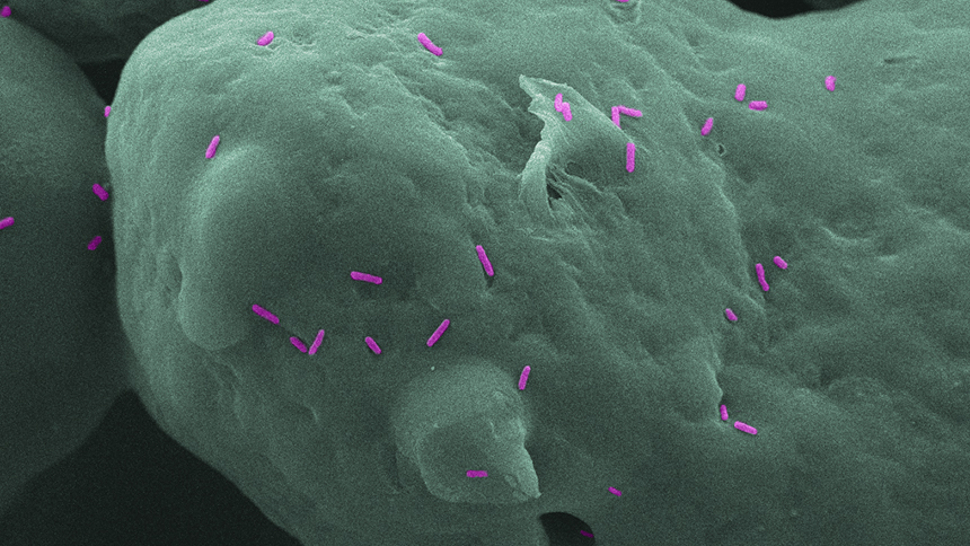3D printing could save thousands of lives: here’s how
By fighting superbugs in hospitals and care homes

3D-printed objects with antibacterial properties could stop the spread of infections like so-called superbugs (MRSA) in hospitals, and in other environments too, potentially saving thousands upon thousands of lives.
Researchers from the University of Sheffield have already produced such objects, incorporating a silver-based antibacterial compound in the 3D printing process.
The resulting 3D-printed parts are resistant to common bacteria, and what’s more adding the antibacterial compound doesn’t have any downsides in terms of making the printed object weaker, for example.
- This is the world’s largest 3D-printed house
- Best Electronic Medical Record (EMR) software
- These are the best 3D printers of 2020
All this is highlighted in a study which was published in Scientific Reports by researchers from the University of Sheffield’s department of mechanical engineering, and the school of clinical dentistry.
Such 3D-printed medical equipment could be a huge development in terms of the safety of hospitals, and also similar environments such as care homes.
According to the World Health Organization, healthcare-associated infections account for some 99,000 deaths in the US, and around 37,000 in Europe, and of course doubtless many more across the globe.
Any countermeasure which could help prevent even some of those infection-related deaths in the future would obviously be hugely welcome.
Are you a pro? Subscribe to our newsletter
Sign up to the TechRadar Pro newsletter to get all the top news, opinion, features and guidance your business needs to succeed!
This discovery won’t necessarily just impact the healthcare world, either, as the researchers note that the antibacterial compound could be applied to all manner of 3D-printed goods like children’s toys, or the likes of door handles and mobile phone cases – items which are handled very regularly, in other words.
Battle against harmful bacteria
Dr Candice Majewski of the department of mechanical engineering noted: “Managing the spread of harmful bacteria, infection and the increasing resistance to antibiotics is a global concern. Introducing antibacterial protection to products and devices at the point of manufacture could be an essential tool in this fight.
“Most current 3D-printed products don’t have additional functionality. Adding antibacterial properties at the manufacturing stage will provide a step-change in our utilisation of the processes’ capabilities.”
In testing, parts with the antibacterial compound were found to be effective against the two main groups of bacteria: staphylococcus aureus and pseudomonas aeruginosa. The parts were also tested with human cells and were found to have no toxic effects, which is obviously crucial.
While medical equipment often comes with an antibacterial coating of some variety, and is subject to strict sterilization procedures in hospitals, this comes with limitations – in terms of human error with cleaning, and possible damage to any coating which could leave holes that can be exploited by bacteria.
Theoretically equipment printed using this new antibacterial compound would remove any such concerns.
Darren is a freelancer writing news and features for TechRadar (and occasionally T3) across a broad range of computing topics including CPUs, GPUs, various other hardware, VPNs, antivirus and more. He has written about tech for the best part of three decades, and writes books in his spare time (his debut novel - 'I Know What You Did Last Supper' - was published by Hachette UK in 2013).